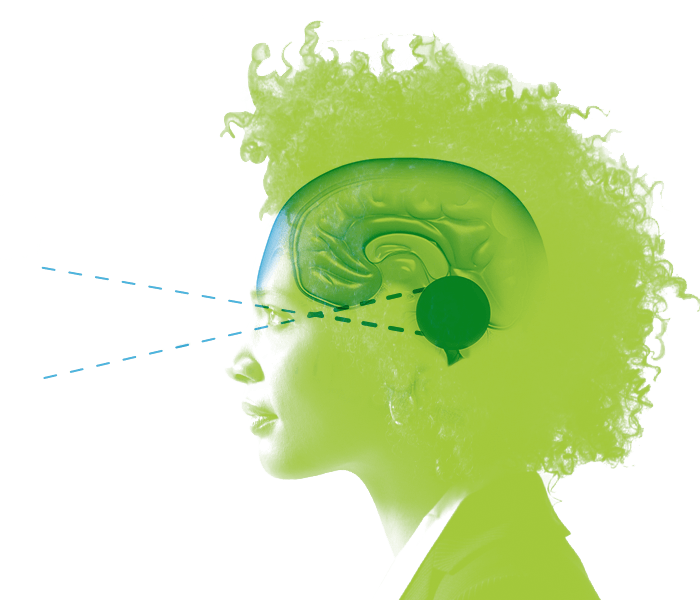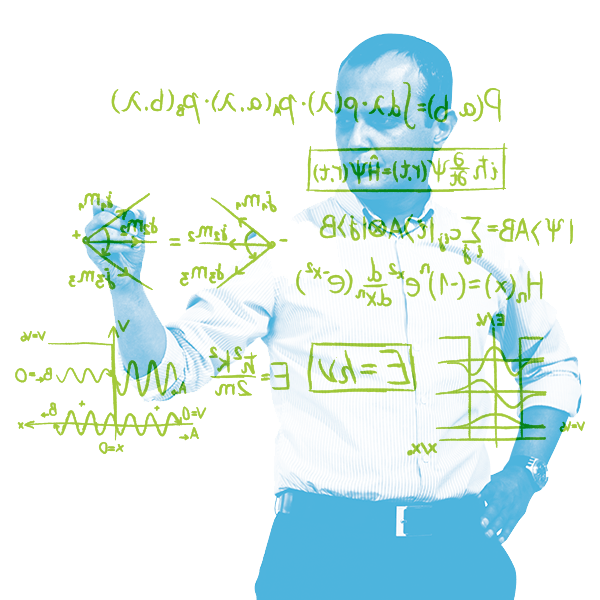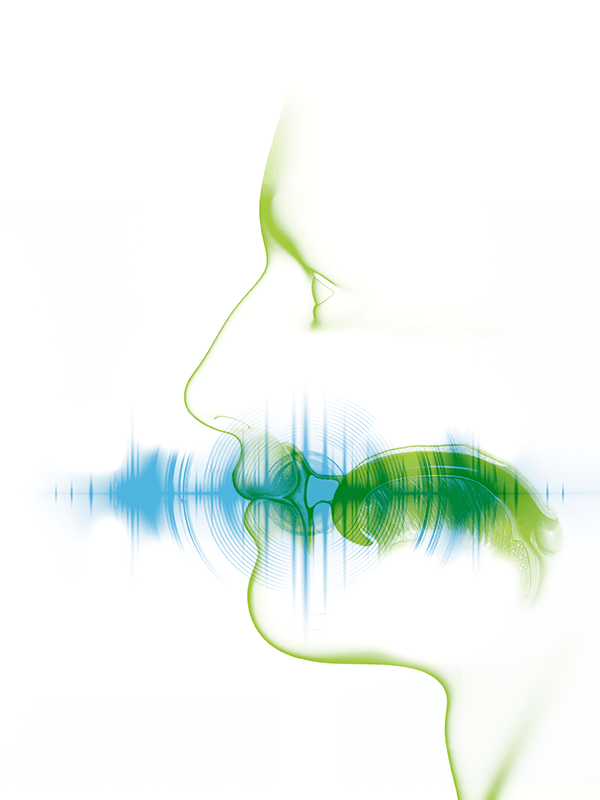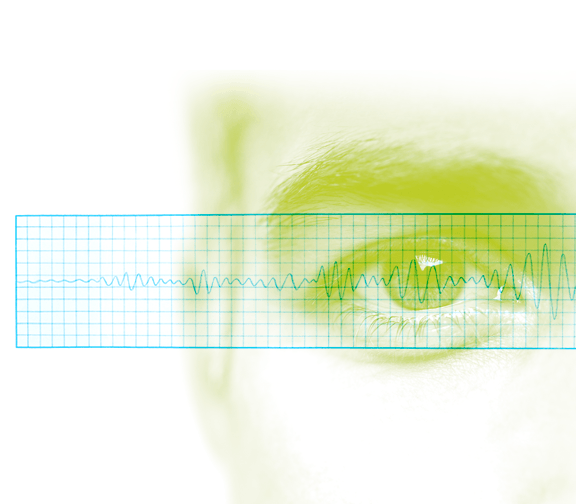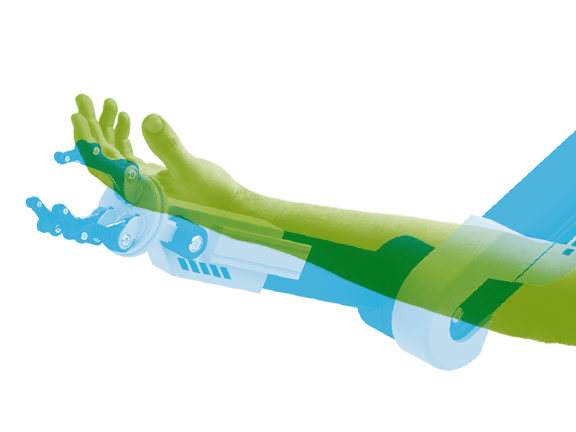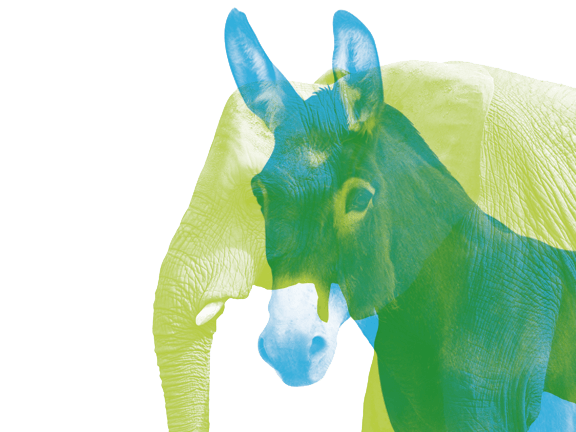Anirudh Koul’s grandfather was slowly losing his ability to see. By 2014, he was having a hard time recognizing Koul’s face in their weekly Skype calls bridging the vast distance between the Silicon Valley, where Koul is a data scientist at Microsoft, and the elderly man’s home in New Delhi.
So Koul started reading up on the challenges of vision loss and thinking about how the recent advances in deep learning, a potential-packed area of machine learning, could help give people a new way to recognize what’s around them without actually seeing it.
That was the modest beginning of Seeing AI. Two years later, Microsoft CEO Satya Nadella introduced the budding technology to thundering applause at this year’s Build conference. It grabbed headlines, inspired people around the world and prompted many in the tech industry to contact Koul and his colleagues with congratulations and offers of assistance.
“We were beyond amazed,” Koul says. “Never in our wildest dreams did we think the response would be so huge. It was a deeply humbling experience.”
Koul has the sort of job that many in the tech world dream of: About 80 percent of his work is on projects or ideas that he’s come up with himself and gotten his managers’ support to pursue. He says Microsoft has the cutting-edge tools, vast data sets, talented people and an “innovation pipeline” that gives data scientists the opportunity to turn their ideas into real products and features.
“I could not have asked for a better career path for myself,” Koul says. “If you’re passionate, driven and have a thirst to innovate, there’s no better place for you than Microsoft.”

